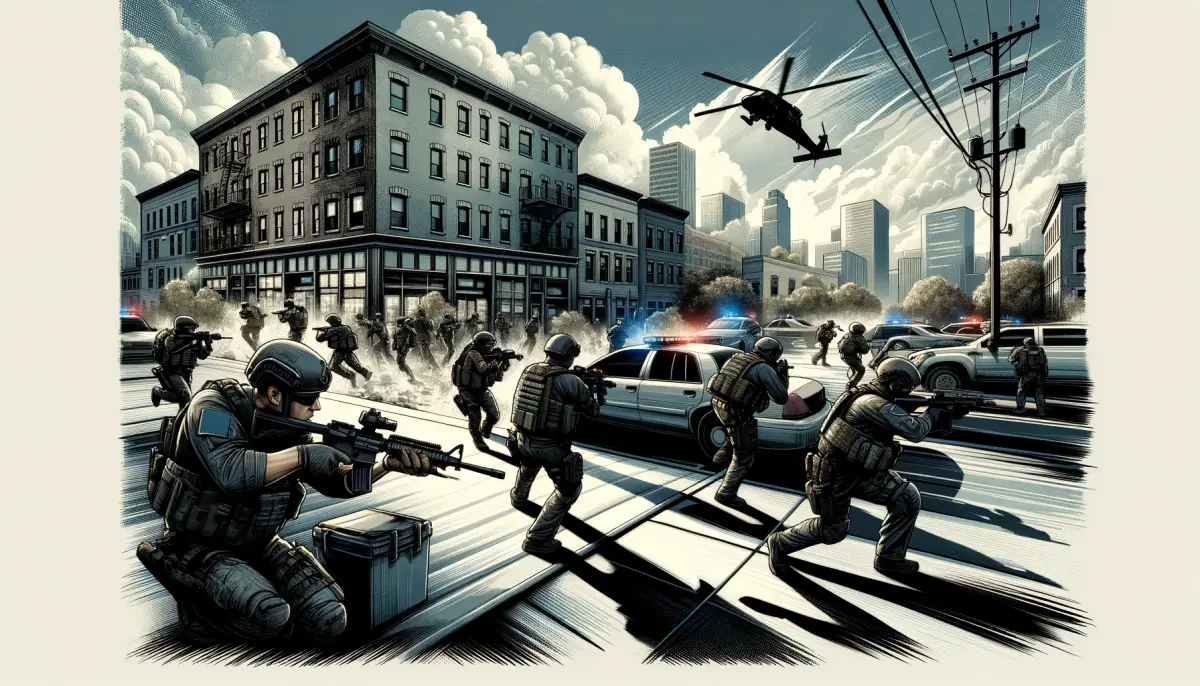In an era where the threat of active shooter incidents looms large in public consciousness, the disparity in preparedness between law enforcement agencies and educational institutions has become glaringly apparent. A recent analysis by The Texas Tribune, ProPublica, and FRONTLINE sheds light on a concerning gap: While at least 37 states mandate annual active shooter training for schools, no states require the same for police officers. This discrepancy raises critical questions about the readiness of those tasked with responding to such crises and the measures in place to protect the most vulnerable among us—our children.
The Crucial Role of Training
Active shooter training for law enforcement is not just about response tactics; it’s about saving lives. The first few minutes of an active shooter incident are chaotic and critical. Officers without specific training might hesitate or employ ineffective strategies, potentially increasing the risk to civilians. Conversely, well-prepared officers can quickly neutralize threats, coordinate with emergency services, and administer life-saving aid.
Schools, recognized as soft targets for such violent incidents, have increasingly become the focus of safety protocols, including regular drills and training sessions for both staff and students. These measures, while necessary, also highlight a significant oversight: if those responding to the scene are not equally prepared, the effectiveness of school-based preparations could be compromised.
The Challenge of Implementation
The absence of a nationwide mandate for police active shooter training points to a broader issue of resource allocation and prioritization within law enforcement agencies. Training is time-consuming and expensive, requiring not just hours out of the field but also access to specialized facilities and equipment. Smaller departments, in particular, may struggle with the logistical and financial aspects of such comprehensive training.
Moreover, there’s the challenge of standardization. Without a uniform requirement, the quality and frequency of training can vary significantly between jurisdictions, leading to disparities in response capabilities across the country. This inconsistency poses a risk not only to the communities served but also to the officers themselves, who may find themselves ill-equipped in the face of a rapidly unfolding crisis.
A Path Forward
Addressing this gap requires a multi-faceted approach, starting with the recognition of active shooter training as a critical component of law enforcement education. Federal and state governments could play a pivotal role by providing funding and resources to support standardized training programs. Such initiatives could ensure that all officers, regardless of their department’s size or budget, receive the preparation they need to respond effectively to active shooter situations.
Collaboration between law enforcement agencies and educational institutions could also enhance preparedness. Joint drills and training sessions can offer valuable opportunities for both schools and police to refine their strategies and improve coordination during an actual incident. These collaborative efforts can build a cohesive community response framework, ensuring that when the worst happens, everyone is prepared to act swiftly and decisively.
Conclusion
The analysis by The Texas Tribune, ProPublica, and FRONTLINE highlights a critical vulnerability in our public safety infrastructure. As we continue to confront the reality of active shooter incidents, the need for comprehensive, mandated training for law enforcement cannot be overstated. By bridging this gap, we can take a significant step towards safeguarding our communities and ensuring that when the call comes, our first responders are as ready as the schools they strive to protect.








